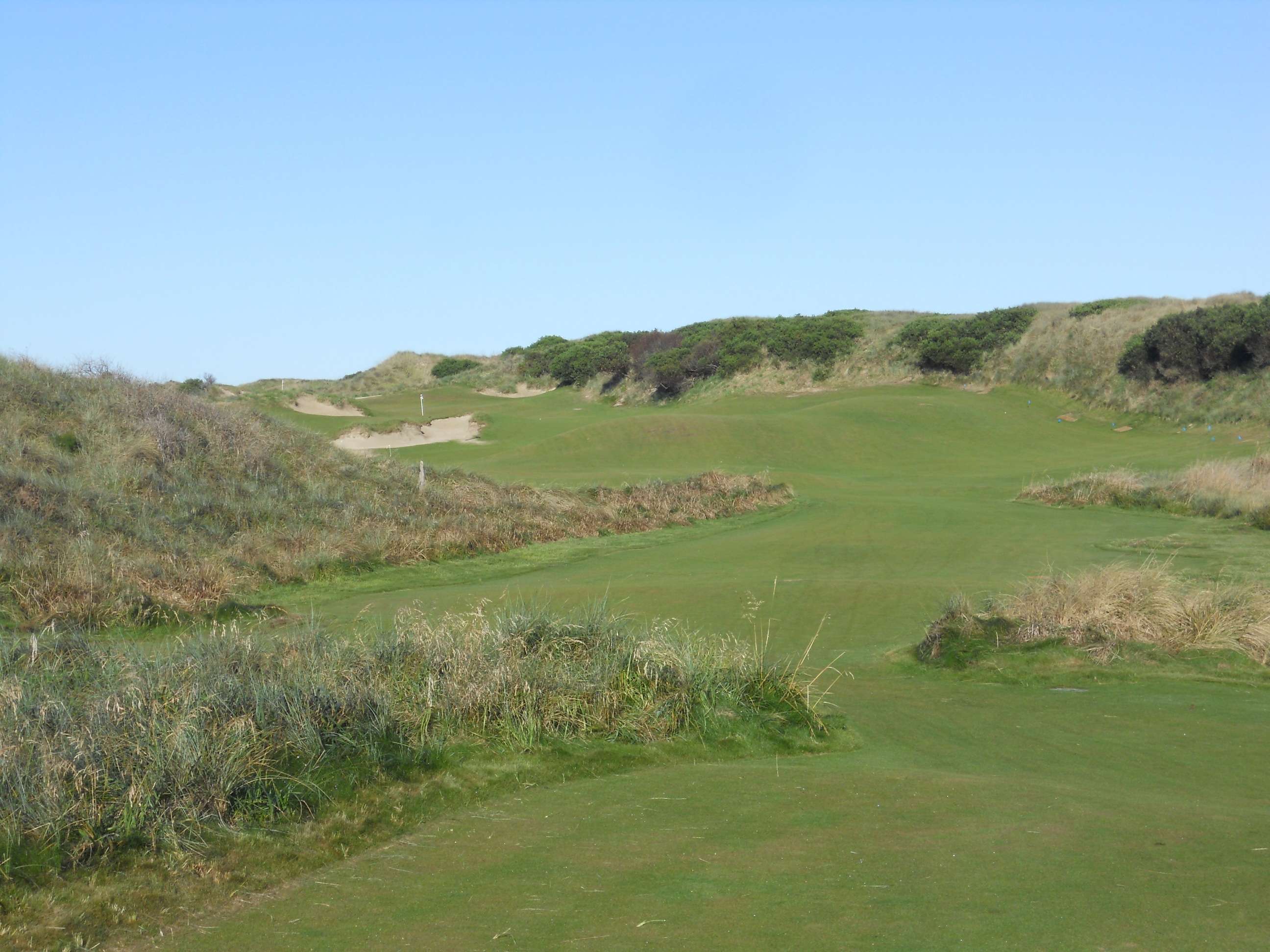
A draw has a good chance of reaching the green at the short par four 3rd
Extremely challenging for its modest length and as picturesque as they come, the par three 4th has it all
The ridge in the 5th fairway that you want desperately to keep your drive to the right of is visible in this picture - for even a moderately long hitter the choice line is as close to the apex of the dune as your bravery will allow
The hump through the green that dominates the strategy of the 6th is far bolder than it appears here, while a large tongue of green is hidden behind the bunker
Beware the steep drop to the right of the 8th green
The 14th may be downhill and reachable, but anything played out to the left off the tee will leave a remarkably difficult approach, even if its just a half wedge
This photo from the prime driving zone short of the 14th green gives some idea how unpleasant the angle in from the right is, particularly to a back pin
The drop shot par three 15th
Well defended by both bunkers and the dune, the 16th green demands an approach from the right - which means engaging the fairway bunkering off the tee
Even with a helping wind, the 17th presents one of the most unnerving shots on the course
Pars need to be earned at the demanding par four finishing hole, which has one of the narrowest fairways on the course
Course name: Barnbougle Lost Farm
Location: Bridport, Tasmania, Australia
Four Word Course Review: Perfect foil for 'Dunes'
Bill Coore's Barnbougle Lost Farm course may be just across a narrow estuary from Tom Doak and Mike Clayton's Barnbougle Dunes (so close you can hit from one course to the other across the water in a few spots), but it's an entirely different experience in almost every way.
Where Dunes is a figure of eight routing that moves mostly parallel to the coast, Farm's holes change direction regularly. Where the par threes and short fours of Dunes are the star attraction, Farm's par fives and long fours are among the highlights. Where Dunes' wild greens are as bold as you'll find anywhere, Farm's set are much more traditional.
Perhaps the most noticeable difference is the immense width on offer here, which is saying something as Dunes is far from narrow. From the opening tee shot you're aware of how wide the targets are, especially off the tee, with massive benefits for taking on the daring line.
That's especially true on the opening hole, a par five where a drive down the left unlocks a far easier path to the narrow green; at the long par four 5th, where a high dune must be challenged to avoid a steep ridge running diagonally down the fairway; at the three-shot 8th, where a enormous bunker cut into a ridge on the left makes the second shot far tougher for those who bail out on that side from the tee; on the low profile 12th, where erring right adds a surprising amount of length to the hole; the driveable 14th, which demands you heroically challenge the drive bunker if you want anything resembling a simple approach to the dune-top green; and finally at the subtle 16th, its green tucked behind a dune to add great danger to an approach from the right.
Joining those holes (and shots) is a steady stream of stand-out moments.
The short par three 4th occupies a gorgeous spit of land flanking both the ocean and the river and plays downhill to a green that runs off severely at the back, putting a premium on distance control. Wedged between the aforementioned 5th and an easily reachable par four to a well-defended saddle green at the 3rd, it helps to create the first great run of holes on the course.
That solid stretch continues at the mid-length par three 6th, its green dissected by a steep hump (think of a Biarritz green turned upside down and angled from 8 o'clock to 2 o'clock) that ensures few pars will be made by players hitting the wrong side of the green. With the pin cut close to either side of the hump, a chip or putt from the opposite side will almost certainly have to be played off the green and back down the surrounding slopes if it is to finish anywhere near the hole. This green and the 14th green are the closest Lost Farm's putting surfaces come to resembling those across the river.
The 7th is memorable for a rough-covered dune that splits the fairway in half, forcing the golfer to choose a preferred side depending on the day's pin position and wind direction.
After a lull around the turn, the course leaves the dunes for a period as the drive at the 11th is blind over a dune. The green is set in open farmland, its steep slopes softened to the eye by its immense size. The next hole turns left around a dune, but it's the bunkering of the lay-up area that adds interest, especially for those who favour the safe right-hand side off the tee and find themselves needing two more solid strikes to get home.
The 13th offers little other than eye candy for lovers of towering dunes, but the downhill 14th is among the best handful of holes on either course, the diabolical green - tiny and heaving with movement - demanding that even if you cannot carry it, you play towards the drive bunker that lurks only 40m or so short of the green, transitioning into the tall rough that sits to its right. Those that play left will have a bad angle to a green both above them and sloping gently away. In many ways it's a similar prospect to the 3rd hole on the Dunes course.
Similarity to superior holes across the river is a shame for the drop shot par three 15th - as is the spectre of the restaurant and spa towering over it to the left.
The 16th - described above - makes strong use of some flat land, before the imposing uphill par three 17th provides one of the course's most knee-trembling moments. Short, right and left will all most likely mean a lost ball and the large green looks tiny from the tee. Given all the prior par threes play downhill, it's a refreshing and unique challenge.
The final hole's downhill drive is to perhaps the narrowest fairway on the course, though there is more room to the left than it appears.
Of course Lost Farm actually has 20 holes - I have not mentioned 13a and 18a until now because I don't feel they really add to the experience. 13a is a strong par three, but it breaks the flow of the back nine, while 18a is a fairly plain short par three that I'd wager will have become a chipping green within a couple of years.
The feeling for me after two plays of Lost Farm was that the challenge grows as you move through the round, both off the tee and into the greens, especially with the constant changes of direction.
The course goes nowhere near offering the sheer adventure of its sister course, but the lateral choices are a lot of fun in their own right and the more subtle greens pose similar challenges without always having the obvious alternatives for working the ball of landforms.
With almost all visitors to Barnbougle looking to play both courses, it's wonderful that they differ so greatly while providing such excellence across the board.
I find myself favouring the Dunes course after a small sample of both, but the Farm feels like the kind of sleeper that could grow on me after more plays in different winds. One thing is certain: Australian golfers really are fortunate to have both tracks at their disposal, and for such cheap rates.
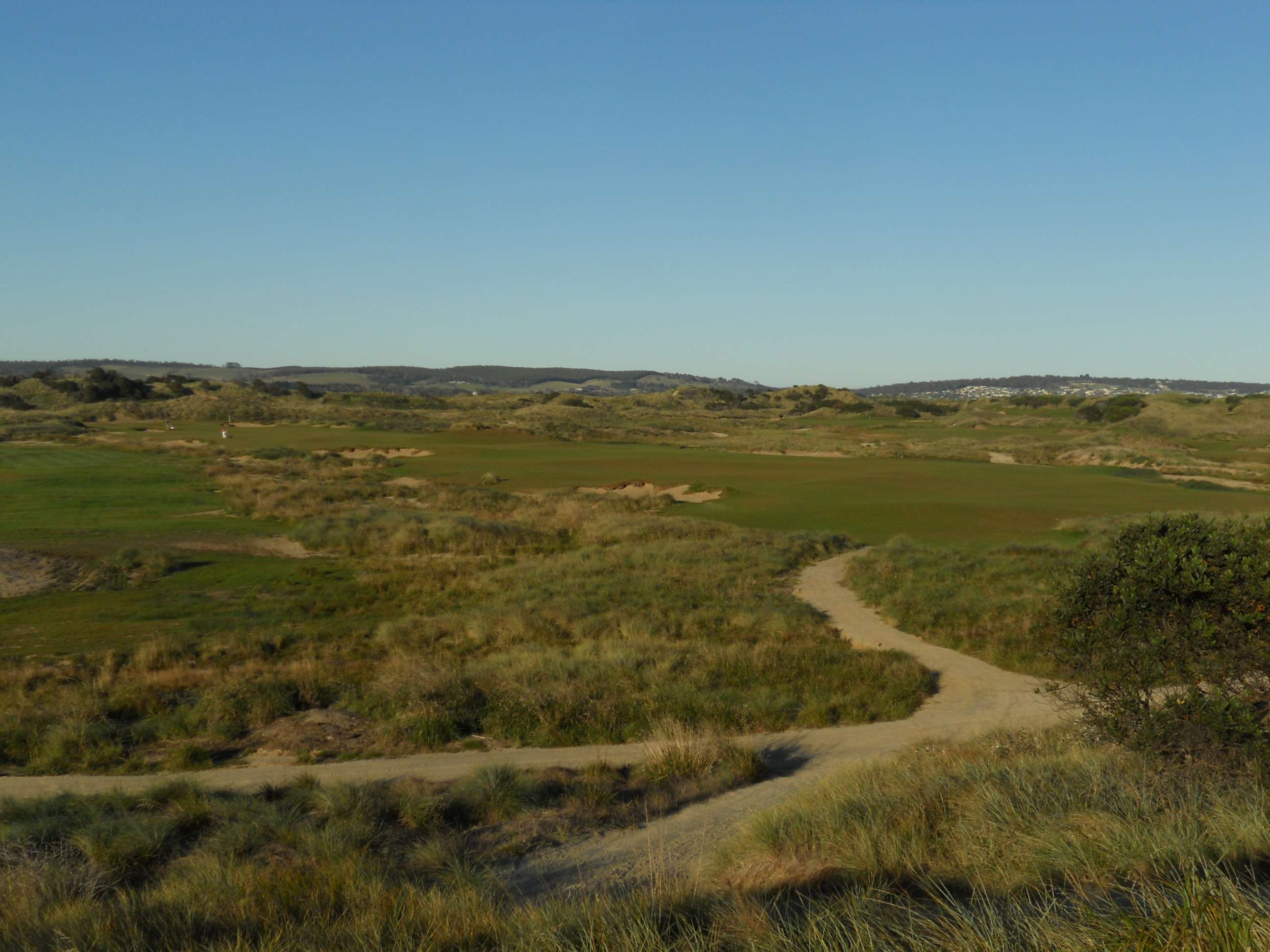
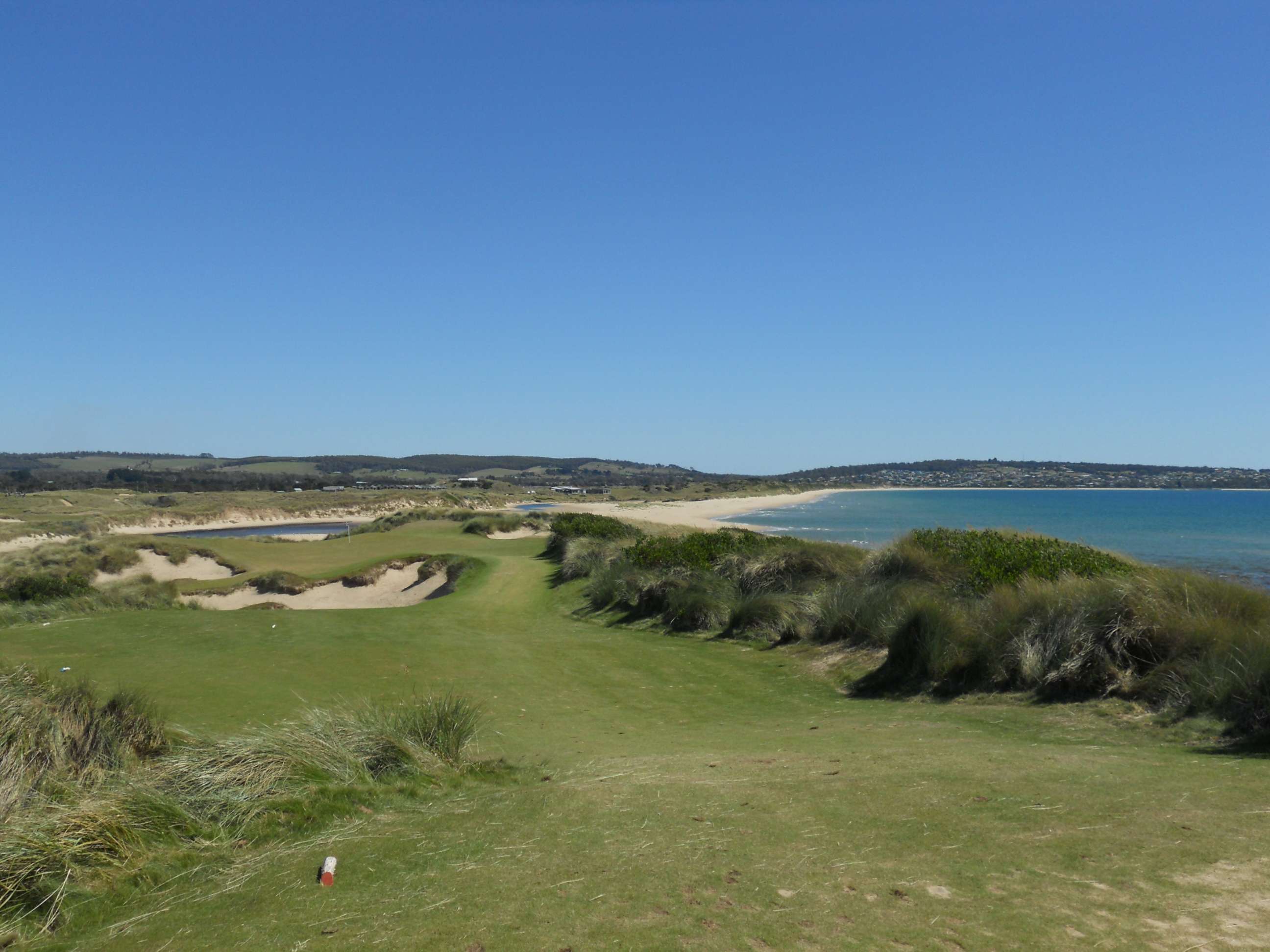

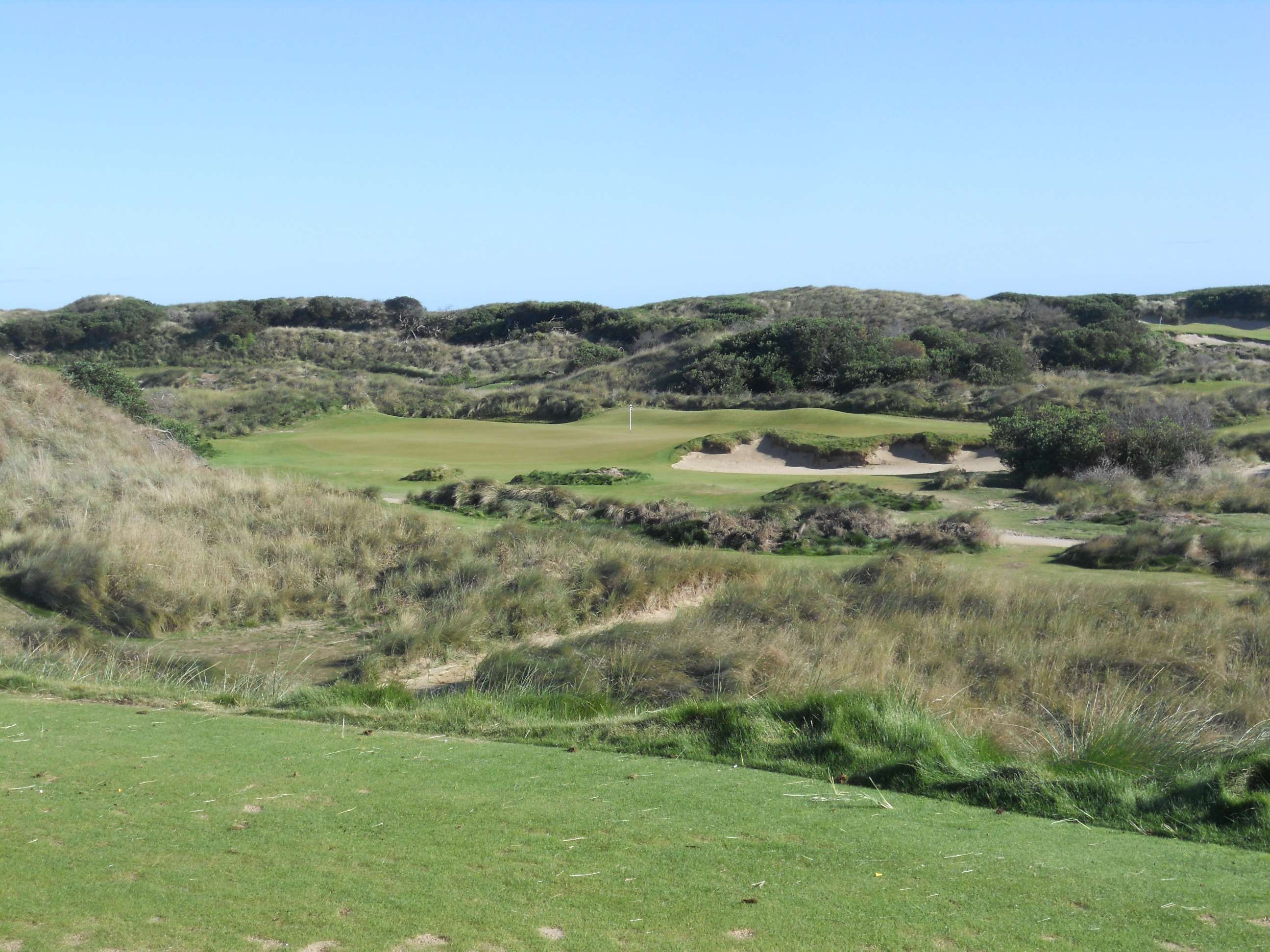


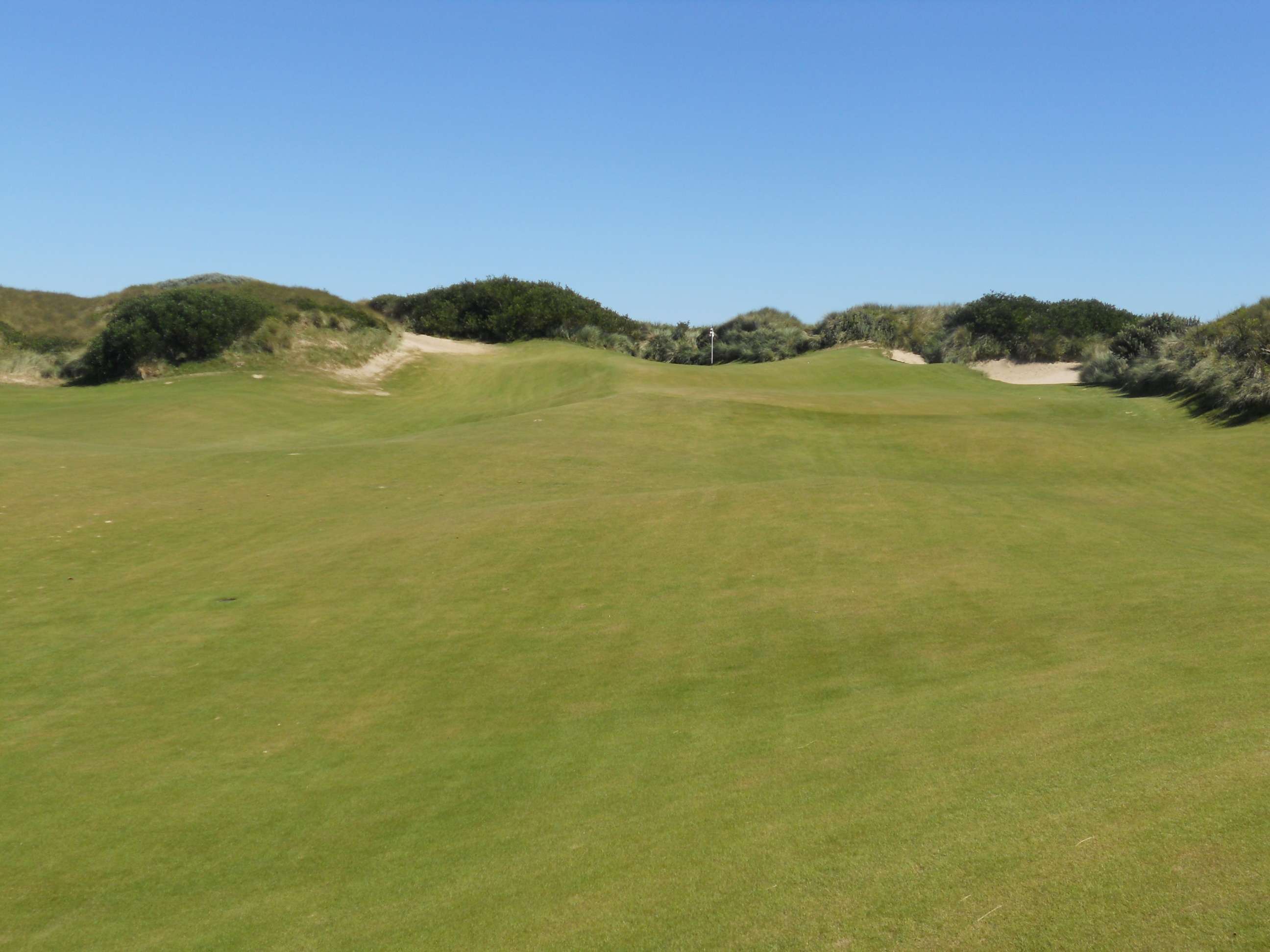

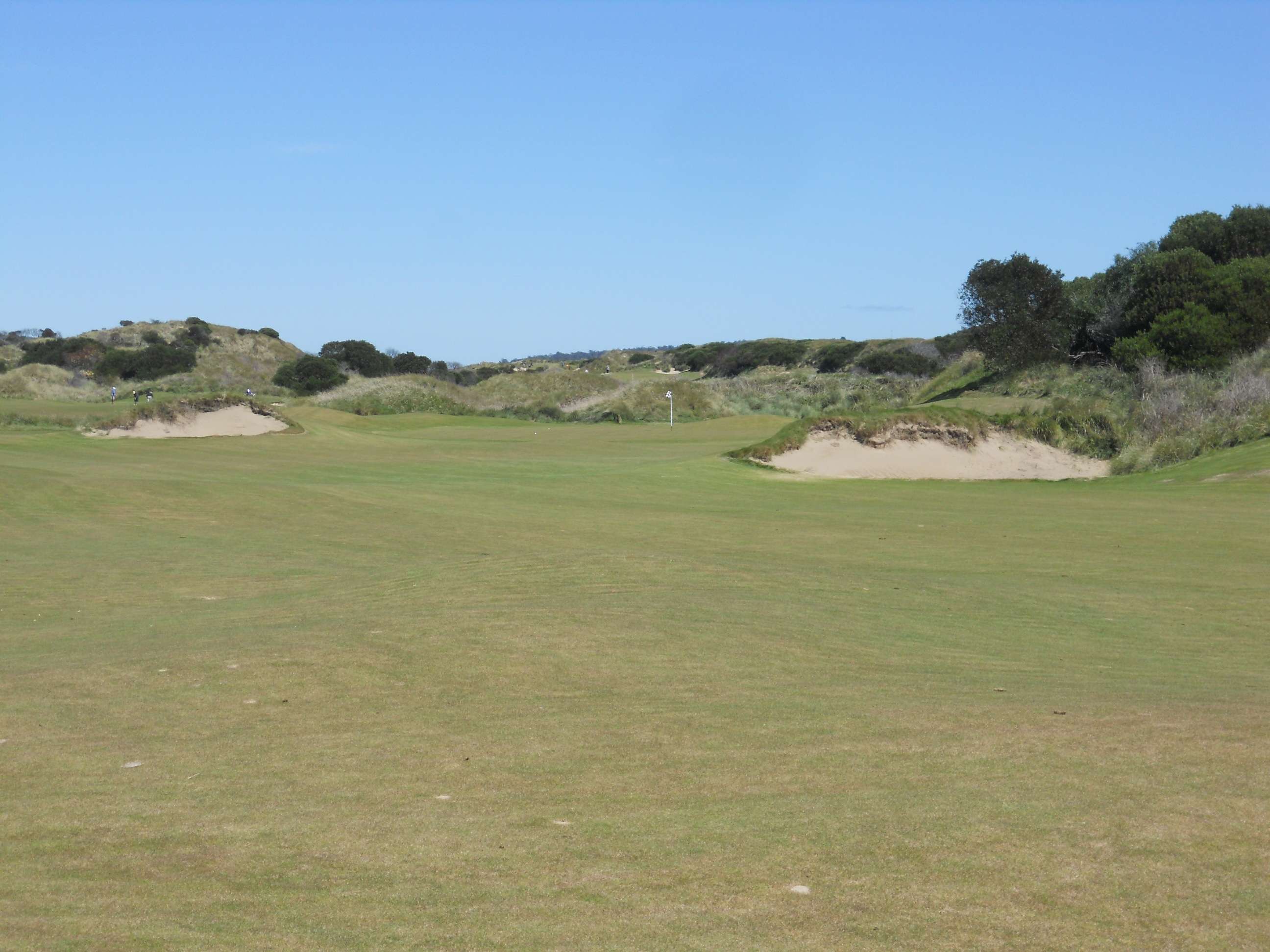
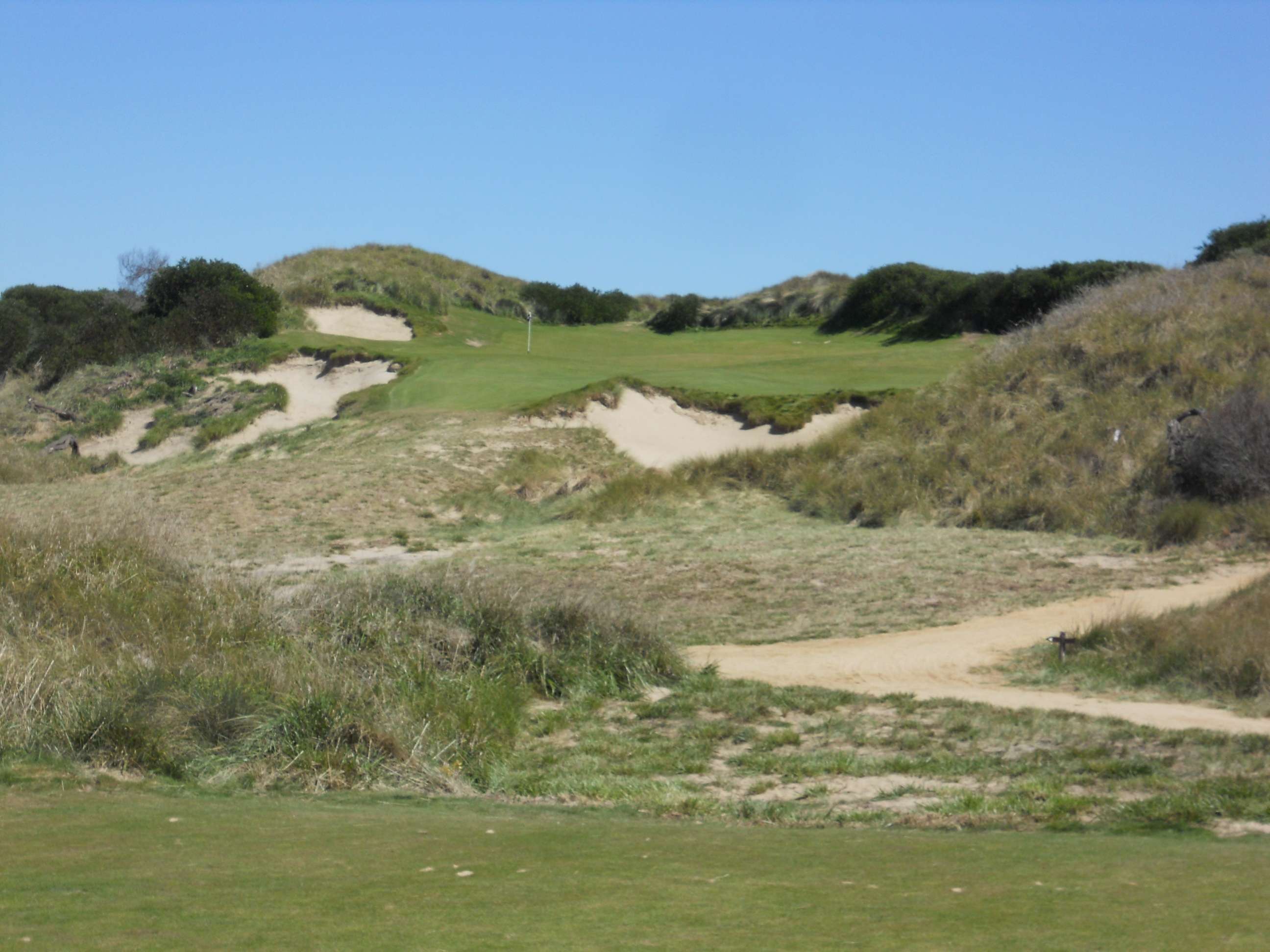
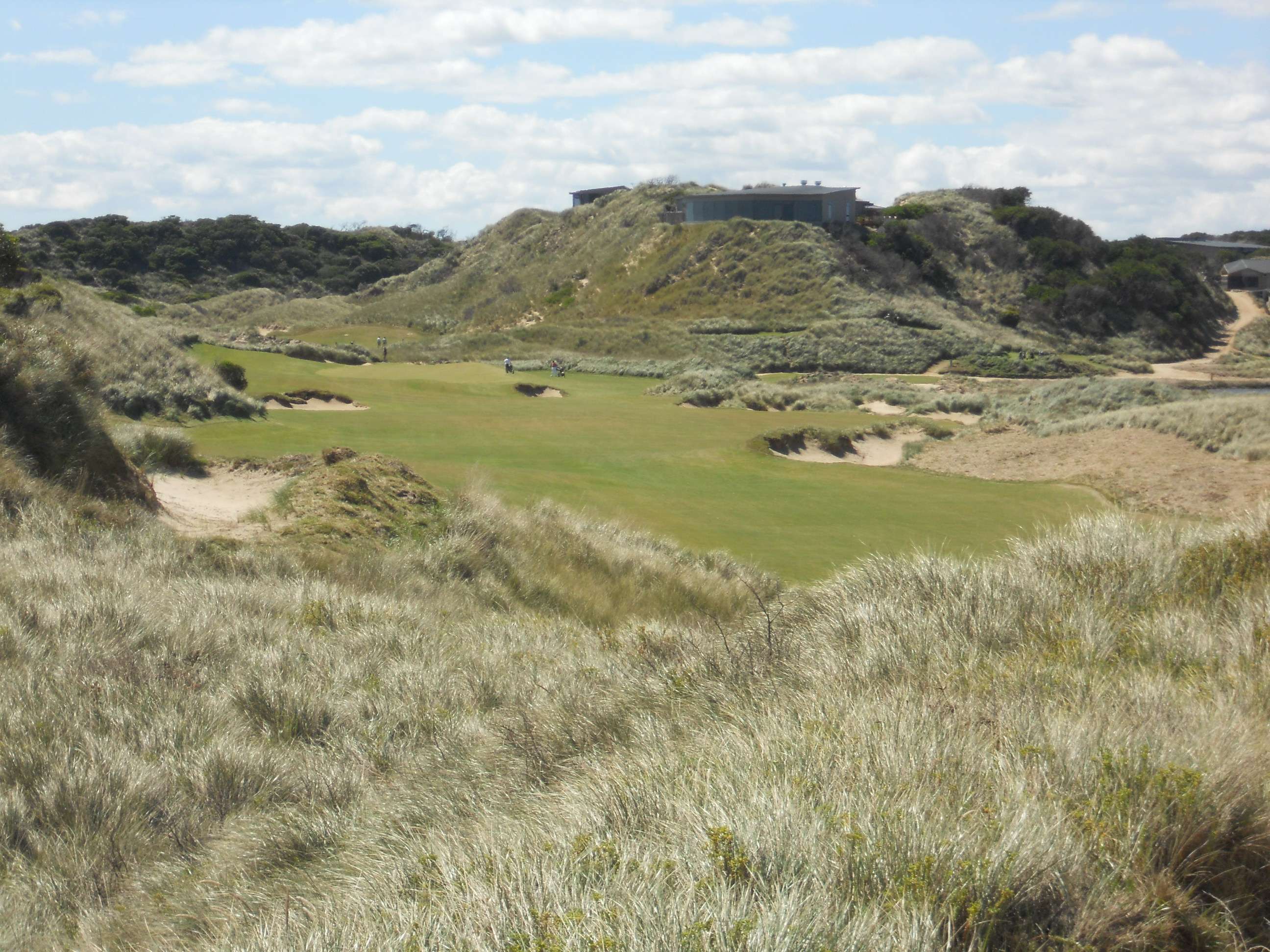
No comments:
Post a Comment